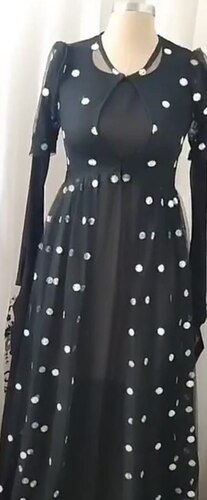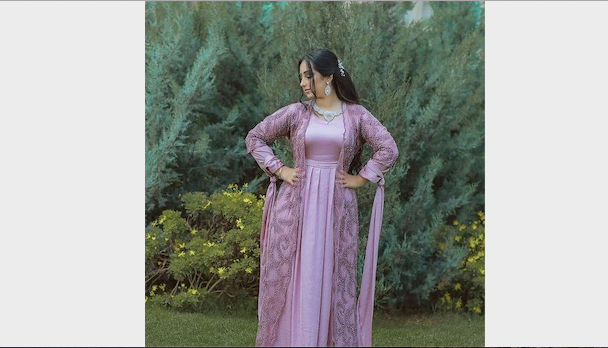Kurdish clothes are an important part of Kurdish culture and customs preserved by the Kurdish people. In a few Iranian cities, people are seen wearing traditional clothes, but in Kurdish cities, they show their cultural authenticity, which is mainly preserved by clothing.
Throughout history, people have determined and worn their clothes according to their position and climate change.

Kurdish clothes for men and women are one of the original clothes and what attracts people most is the decoration of colors.
Urmia region is one of the richest regions in Kurdistan in terms of Kurdish clothes. This wealth is very vast and all the differences are the reason why our country, our region, and our city are different in the whole world like a very precious diamond.
I would like to show you the clothes of women in the Urmia region, where women have been the strongest defenders of Kurdish culture.
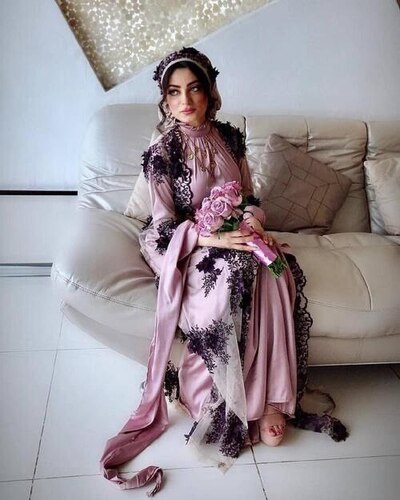
First of all, I would like to talk about the Kurdish Fistan, which is one of the oldest and most beautiful clothes in the region and has undergone some changes throughout its history, but the original has always remained in its first place.
In the old days, sewing machines were rarely found in traditional societies in large cities, so clothes were sewn by hand. The Kurdish dress was also decorated with special patterns and designs; The bottom of Fistan was sewn with wool and got pleated on the shoulders.
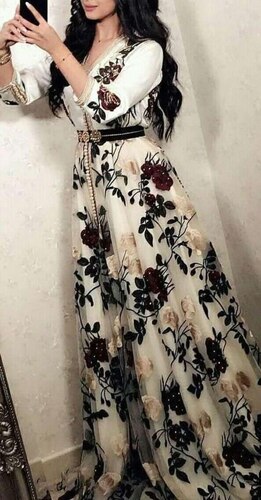
The family of this dress is very rich, even today it is sewn in several different styles, such as pleated dresses, pleaser dresses, cloche dresses, and half cloche. One of the characteristics of Fistan is that it must have a Feghiana, and if it does not, it will not look nice.
Koynag and Iskoynag were used as much as Fistan because each dress was used according to its time and place. For example, Iskoynag was used for household chores and cooking, and Koynag was worn indoors, and for sewing both styles were very similar. However, the Iskoynag was sewn with hair (wool) on the shoulders and around the skirt, no expensive fabrics were used, but in Koynag, Feghiana and Sukhma were added.
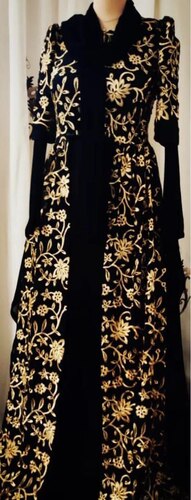
In the past, the other item that women used a lot was Pezhgi, which was prepared using four scarves.
Sukhma; was mostly worn by elder women, during funerals and weddings, after which they wore two Fistans, Sukhma was worn on them. Sukhma was buttoned on both sides and had a pocket on the left.
Along with these dress models, Denik, Kofi, and Hagal were also used. Denik is made of wood and was used by women with special tastes to decorate their foreheads with Rezk. Kofi, which was very popular and used by women at weddings, is made of cotton fabric.
